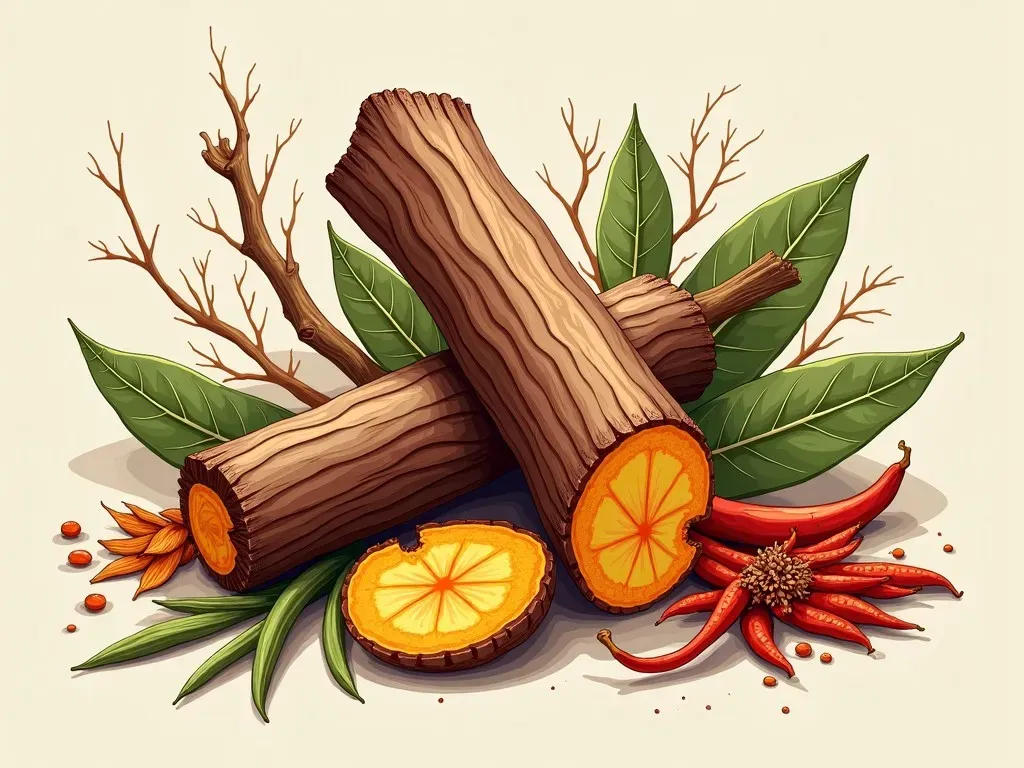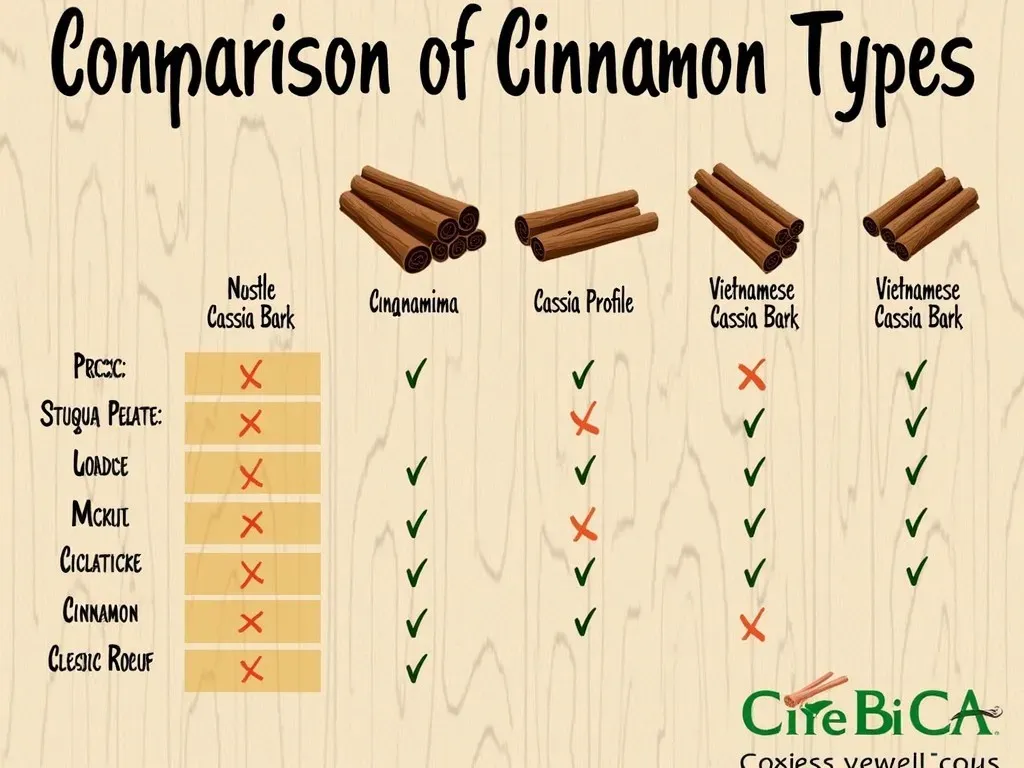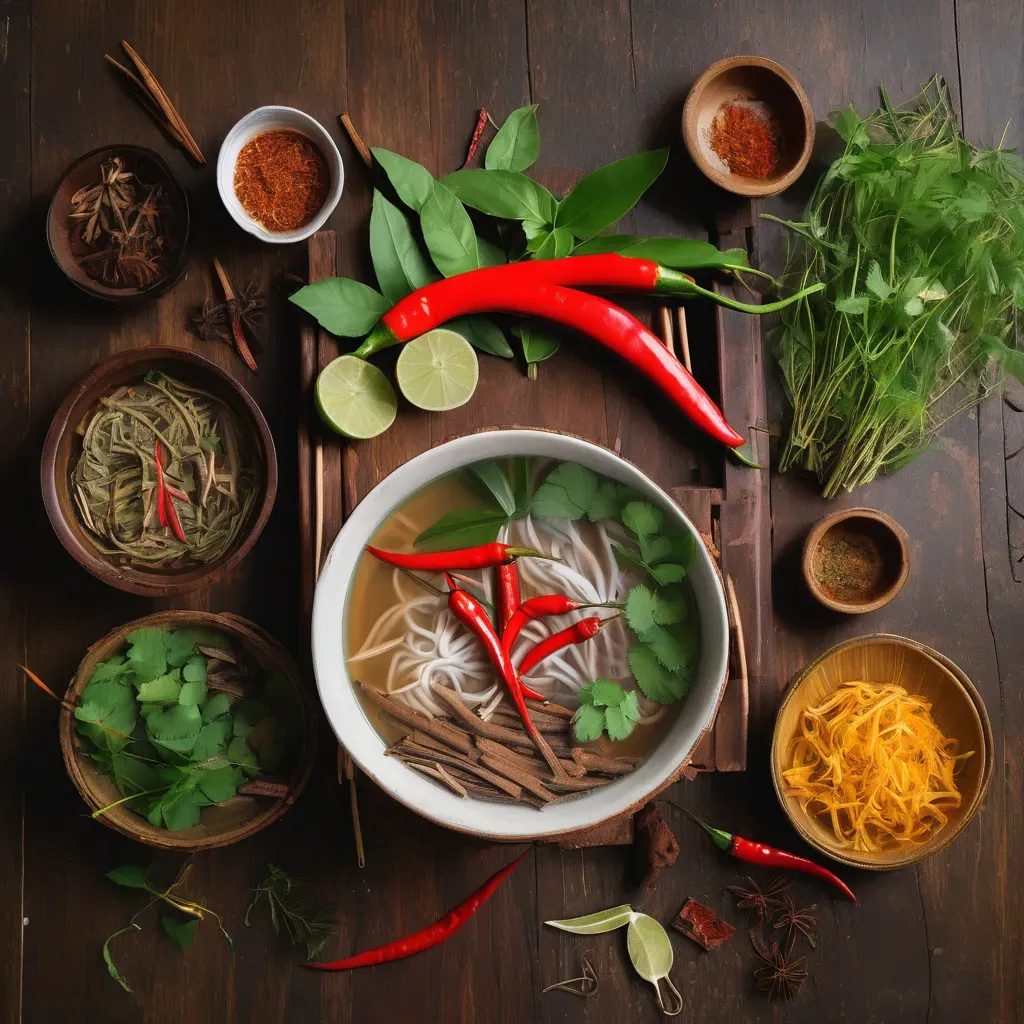Vietnamese cassia bark, also known as Saigon cinnamon or Vietnamese cinnamon, is derived from the tree species Cinnamomum loureiroi. This unique spice is cherished for its aromatic, flavorful bark, which is integral to the rich culinary heritage of Vietnam.
The Distinct Characteristics of Vietnamese Cassia Bark
Vietnamese cassia bark is recognized for its complex flavor profile, setting it apart from Other cinnamon varieties. It features a strong, sweet, and spicy aroma, which is primarily due to its high concentration of essential oils. Unlike its cousin, Ceylon cinnamon, which has a milder flavor, Vietnamese cassia bark offers a bold taste that elevates countless dishes.
Physical Characteristics
| Feature | Vietnamese Cassia Bark |
|---|---|
| Color | Reddish-brown to gray |
| Origin | Cinnamomum loureiroi |
| Aroma | Strong, sweet, and spicy |
| Essential Oil Content | Highest among all cinnamon species |
| Use in Cuisine | Integral to Vietnamese dishes like phở |

Culinary Uses of Vietnamese Cassia Bark
The versatility of Vietnamese cassia bark makes it a crucial ingredient in various dishes, particularly in Vietnamese cuisine. It is often used to add depth and complexity to soups, braises, and desserts.
Essential Ingredient in Phở
One of the most famous applications of Vietnamese cassia bark is in phở, the iconic Vietnamese noodle soup. In a traditional phở broth, the bark is simmered alongside star anise, cloves, and other spices to create a rich, flavorful base. The unique profile of the cassia bark complements the other ingredients, resulting in a warm, aromatic broth that defines this beloved dish.
Other Culinary Delights
Beyond phở, Vietnamese cassia bark enhances a variety of dishes:
- Braised Dishes: Often used in caramel sauce for braised meats.
- Stir-Fries: Adds depth to vegetable and protein stir-fries.
- Desserts: Incorporates well into traditional desserts like sweet sticky rice and coconut-based treats.
- Beverages: Infuses hot drinks and teas with its aromatic flavor.
Comparison with Other types of cinnamon
| Type of Cinnamon | Flavor Profile | Essential Oil Content | Common Uses |
|---|---|---|---|
| Vietnamese Cassia | Strong, sweet, spicy | Highest | Phở, desserts, and many savory dishes |
| Ceylon Cinnamon | Mild, sweet | Lower | Sweet dishes, teas |
| Chinese Cassia Cinnamon | Moderate, spicy | High | Baking, savory dishes |

Health Benefits of Vietnamese Cassia Bark
Beyond its culinary applications, Vietnamese cassia bark is lauded for its potential health benefits. Some key benefits include:
- Antioxidant Properties: Rich in antioxidants, it helps combat oxidative stress.
- Anti-Inflammatory Effects: May reduce inflammation and support overall health.
- Digestive Health: Aids in digestion and can help alleviate digestive issues.
- Blood Sugar Regulation: Preliminary studies suggest it may help regulate blood sugar levels.

Traditional Medicine
In traditional Vietnamese medicine, cassia bark is utilized for various therapeutic purposes. It is often used to treat respiratory conditions, digestive disorders, and even as an antifungal treatment. The rich history of this spice demonstrates its dual role as both a culinary and medicinal staple.
Sourcing and Sustainability
Harvesting Process: Vietnamese cassia bark is harvested from the trees primarily in Central and Northern Vietnam. The bark is carefully stripped from the tree, typically during the dry season when its oil content is at its peak. Once harvested, it is processed into rolls or ground into powder for culinary use.
Sustainable Practices: The popularity of Vietnamese cassia bark has led to discussions about sustainable sourcing. Ethical practices should be employed to ensure that harvesting does not deplete native forests or harm ecosystems. Consumers are encouraged to seek out brands that prioritize sustainability.
FAQ About Vietnamese Cassia Bark
Q1: Is Vietnamese cassia bark the same as cinnamon?
A1: While Vietnamese cassia bark is a type of cinnamon, it differs in flavor and chemical composition from other cinnamon varieties, such as Ceylon.
Q2: How can I use Vietnamese cassia bark in my cooking?
A2: You can use it in a variety of dishes, including soups, braises, desserts, and beverages. It is often used to make broths, like the classic phở.
Q3: Where can I buy high-quality Vietnamese cassia bark?
A3: Look for specialty spice shops or online retailers that offer sustainably sourced Vietnamese cassia bark. It is essential to choose reputable sources to ensure quality and ethical practices.
Q4: Can I substitute Vietnamese cassia for other cinnamon types in recipes?
A4: Yes, but keep in mind that Vietnamese cassia has a stronger flavor. Adjust the quantity according to your taste preference.

The Fascinating Flavor Journey
As we explore the world of spices, Vietnamese cassia bark emerges as a standout ingredient, characterized by its rich flavor and numerous applications. The complexity of this spice deepens our culinary experiences while also offering a myriad of health benefits. From its pivotal role in phở to its presence in countless traditional dishes, Vietnamese cassia bark is more than just a seasoning; it is an essential part of Vietnam’s culinary identity and a treasure in the global spice repertoire.
For more insights, you can visit WebMD to read about the health benefits of Saigon cinnamon.
